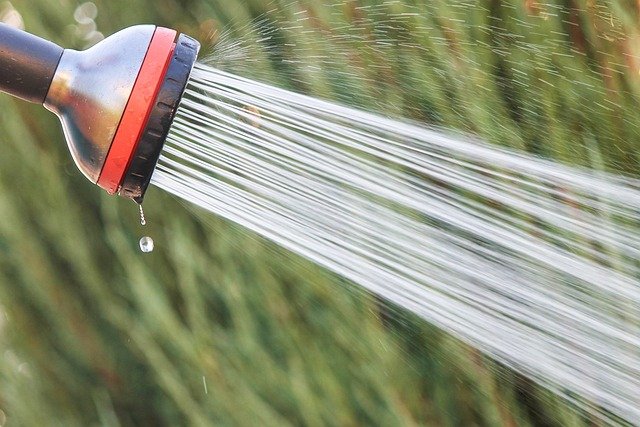Water-wise irrigation strategies for drought-prone regions
Drought-prone regions demand irrigation approaches that prioritize water efficiency without sacrificing plant health. This article outlines practical strategies—ranging from irrigation system choices to soil improvement, plant selection, and maintenance routines—that help gardeners, landscapers, and balcony growers conserve water while supporting resilient outdoor and indoor green spaces.

Efficient irrigation in drought-prone regions balances the needs of plants with strict limits on available water. Practical methods combine careful system selection, improved soil management, and ongoing maintenance so that every liter applied produces the most growth benefit. This article explores how irrigation, soil practices, plant selection, layout, and routine care work together to reduce waste, protect pollinators and beneficial insects, and keep indoor and outdoor spaces productive and resilient.
How can irrigation be adapted for drought conditions?
Drip irrigation, soaker hoses, and micro-spray systems deliver water directly to plant root zones and reduce evaporation compared with overhead sprinklers. Automated controllers with soil moisture or evapotranspiration (ET) sensors can schedule watering only when needed. Group plants by water need—creating hydrozones—so irrigation frequency and duration match plant requirements. Rainwater harvesting and reuse, such as connecting a cistern to drip lines, further reduces reliance on mains water while maintaining steady moisture for beds and containers.
What soil practices conserve water?
Improving soil structure increases water retention and reduces irrigation frequency. Adding organic matter through composting boosts soil’s ability to hold moisture and supplies nutrients to plants. Mulching bare soil with wood chips or straw reduces surface evaporation and moderates temperature swings. For heavy clay soils, incorporate coarse organic amendments to improve drainage and root aeration; for sandy soils, focus on organic matter to enhance water-holding capacity. Regular soil testing helps tailor amendments for optimal water efficiency.
How does gardening layout affect water use?
Design choices influence how efficiently you can irrigate. Grouping plants with similar water needs into beds or containers allows targeted irrigation and avoids overwatering. Use swales, berms, and contour planting on slopes to slow runoff and increase infiltration. Position larger shrubs or trees to shelter lower-water areas and reduce sunlight exposure where appropriate. In small spaces or balconies, orient containers to maximize shade during the hottest hours and place moisture-loving plants where water delivery is easiest.
Which plants suit drought-prone regions?
Choose species adapted to local climates and seasonal droughts—native plants typically require less supplemental water and support local pollinators. Drought-tolerant perennials, succulents, and deep-rooted shrubs use water more efficiently than shallow-rooted annuals. Incorporate a mix of evergreen and deciduous choices to balance year-round structure and seasonal blooms. When adding new plants, establish them carefully with focused irrigation during rooting, then taper supplemental water as they become established to encourage deeper root systems.
How does sustainability tie to maintenance and tools?
Routine maintenance keeps systems efficient: check irrigation lines for leaks, flush filters, and adjust emitters for consistent flow. Use tools that minimize soil disturbance—hand pruners and narrow-tined forks limit root damage and reduce water loss from disturbed soil. Sustainable practices include composting green waste to return nutrients, using integrated pest management to reduce chemical inputs that can affect soil biology, and selecting low-energy pumps for water redistribution. Proper lighting choices for indoor setups reduce plant stress and indirectly lower irrigation demand.
How can indoor and balcony planting reduce water needs?
Indoor and balcony gardeners can significantly cut water use through container choices and microclimate awareness. Use containers with internal reservoirs or self-watering pots to extend time between refills. Select soil mixes with good water retention and add a layer of mulch or decorative gravel to slow evaporation. Positioning containers to avoid the hottest sun or using shade cloth can reduce transpiration. Grouping pots together creates a localized humid microclimate, reducing individual water loss.
Conclusion A water-wise approach blends system design, soil health, plant selection, and consistent maintenance. In drought-prone regions, these elements work together to ensure landscapes and containers remain healthy while minimizing water use. By adopting targeted irrigation, improving soil moisture retention, choosing appropriate plants, and maintaining systems and tools, gardeners and stewards of green spaces can build resilience and support biodiversity even under constrained water supplies.





